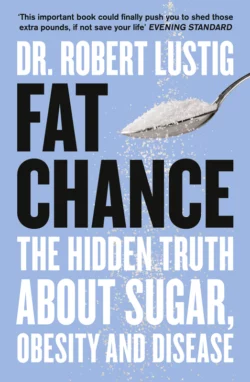Fat Chance

Robert Lustig
Тип: электронная книга
Жанр: Спорт, фитнес
Язык: на английском языке
Стоимость: 153.68 ₽
Статус: В продаже
Издательство: HarperCollins
Дата публикации: 16.04.2024
Отзывы: Пока нет Добавить отзыв
О книге: Sugar is addictive, toxic and everywhere. Find out how your sweet tooth might be nibbling you to death in this straight-talking exposé.